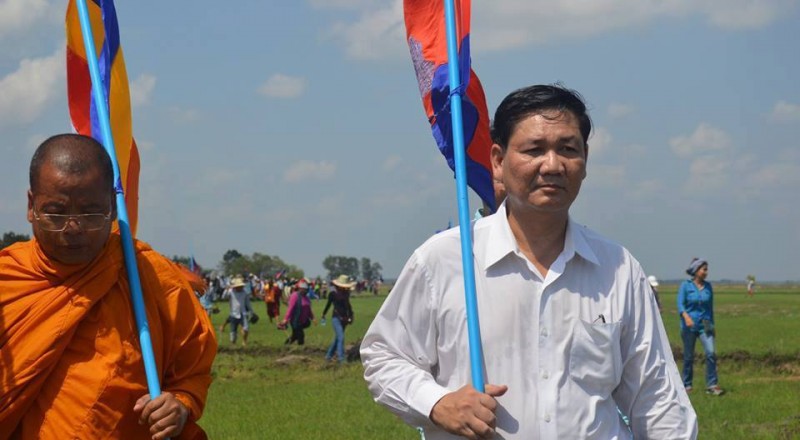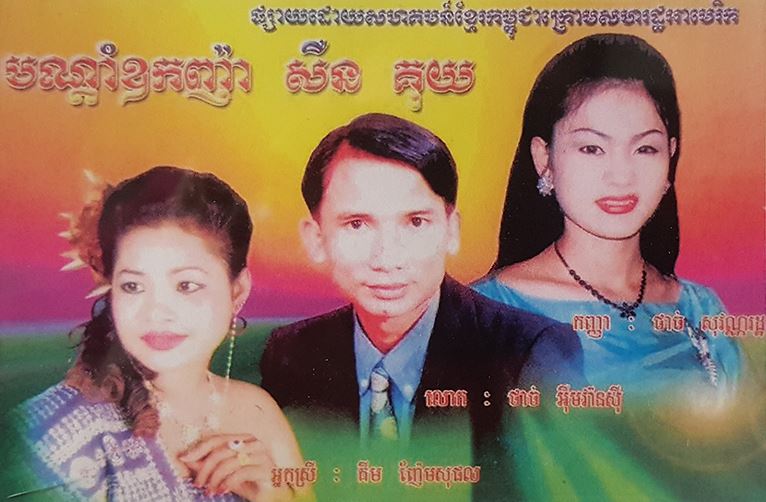កិច្ចប្រជុំកំពូលសហរដ្ឋអាមេរិក – ឥណ្ឌា៖ ប្រទេសប្រជាធិបតេយ្យធំជាងគេពីរនៅក្នុងពិភពលោក
កិច្ចប្រជុំកំពូលសហរដ្ឋអាមេរិក – ឥណ្ឌា៖ ប្រទេសប្រជាធិបតេយ្យធំជាងគេពីរនៅក្នុងពិភពលោក
U.S.-India Summit: The World’s Two Largest Democracies
ថ្ងៃអាទិត្យ ១កើត ខែផល្គុន ឆ្នាំកុរ ឯកស័ក ព.ស.២៥៦៣ ត្រូវនឹងថ្ងៃទី២៣ ខែកុម្ភៈ គ.ស.២០២០
Sunday the 1st Waxing Moon of Phagguṇa B.E.2563 equivalent to February 23, A.D.2020 Year of the Pig
BBC
 US President Donald Trump is due to begin his first official trip of India with a focus on deepening ties between the world’s two largest democracies.
US President Donald Trump is due to begin his first official trip of India with a focus on deepening ties between the world’s two largest democracies.
Mr Trump will arrive in Gujarat, home state of India’s Prime Minister Narendra Modi, where he is expected to address a rally at a cricket stadium.
He will then travel to Agra to see the Taj Mahal, before arriving in the capital Delhi for talks with Mr Modi.
But amid the fanfare, a much-talked about trade deal is unlikely to happen.
The US is one India’s most important trade partners, with bilateral trade totalling $142.6bn (£110.3bn) in 2018. The US had a $25.2bn goods and services trade deficit with India, its 9th largest trading partner in goods.
Despite growing political and strategic ties, there’s been tension over trade issues. Mr Trump has said India’s tariffs – taxes on imports – are “unacceptable”, and has described India as the “king” of tariffs.
In June 2019, the US ended preferential trade status for India, the largest beneficiary of the Generalized System of Preferences (GSP) – a scheme that allows some goods to enter the US duty-free.
The move caused a diplomatic riff between the two countries after India imposed retaliatory tariffs on 28 US products.
Image copyright Reuters
Image caption Mr Trump will first arrive in Gujarat, home state of Prime Minister Modi
An official US report last year said India’s tariff rates on other members of the World Trade Organization (WTO) remain “the highest of any major economy”.
The two sides have also differed over price controls on medical equipment and India’s new rules on data storage.
The trade deal was likely to resolve some of these issues. But just days before the visit, Mr Trump announced that he was “saving the big deal for later on”.
Reports say negotiations continued between the two sides until last week, but they were not able to reach a consensus on issues like the restoration of the GSP for Indian goods, and India agreeing to open some of its key markets for US goods.
Despite this, Mr Trump and Mr Modi appear to have forged a good personal relationship: the two leaders addressed a rare mass rally for a foreign leader billed as “Howdy, Modi!” which was attended by 50,000 Indians living in Houston last year.
This time, Mr Modi is pulling out all the stops to fete the US president at a similar public extravaganza – a “Hello Trump” reception in a cricket stadium in Ahmedabad, the main city in Gujarat.
“We’re not treated very well by India, but I happen to like Prime Minister Modi a lot. And he told me we’ll have seven million people between the airport and the event,” Mr Trump has said, referring to the planned reception.
Indian officials say Mr Trump’s visit would be “brief but intense” during which the two sides are expected sign a clutch of other agreements relating to intellectual property rights, trade and homeland security.
In a clear sign of increasing defence relations, India is expected to sign two big deals with the US to acquire 30 American defence helicopters – MH-60R Seahawk and AH-64E Apache – worth more than $2.6bn.
Also, the US energy firm Westinghouse is expected to sign a new agreement with state-run Nuclear Power Corporation of India for the supply of six nuclear reactors, according to Reuters news agency. The US has been discussing the sale of nuclear reactors to India since a 2008 landmark civil nuclear energy deal.
Related
សូមគាំទ្រឧបត្ថម្ភ សហគមន៍ខ្មែរក្រោម Support KKC
សូមអរគុណដ៏ជ្រាលជ្រៅចំពោះសប្បុរសជននូវវិភាគទានទាំងនេះ។
We’re On Facebook

Sign in
Click here to reload the page over ssl.




